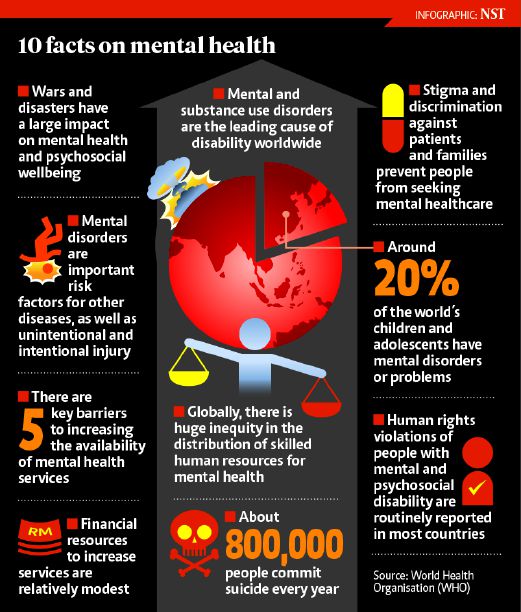Can Childhood Trauma Cause Mental Illness Later In Life
Can Childhood Trauma Cause Mental Illness Later In Life
Blog Article
Humanistic Therapy Vs. Psychoanalysis
While psychoanalysis and humanistic therapy have some similarities, they vary dramatically in their sights on human actions. For instance, while psychoanalysis takes a look at subconscious objectives and very early youth experiences, humanistic therapy concentrates on the aware mind and personal growth.
Psychoanalysis intends to look into subconscious motivations and past experiences to deal with bothersome actions and emotions. However, it can be a lengthy and intensive procedure.
Sigmund Freud
Psychoanalysis is based upon the concept that human actions is driven by subconscious forces. These are frequently rooted in youth experiences of attempting to fulfill standard demands, yet continue to be out of the individual's conscious awareness. As adults, people use a variety of defense mechanisms to avoid these pressures from coming to be also intense. These include repression, displacement (carrying sexual drives into socially acceptable activities), and sublimation (carrying power into art, job, or workout).
The psychoanalytic technique includes diving into the subconscious and translating desires. This procedure is assisted in by a solid healing partnership. People might originally reveal resistance to treatment, yet this can be gotten over by "resolving" problems. Freud thought that several of these disputes were associated with past connections and youth experiences. He established restorative methods such as free association and dream analysis, and he introduced the concept of transference, in which patients redirect their feelings toward the specialist. In spite of these benefits, psychoanalysis has its movie critics.
Carl Rogers
Rogers originated the humanistic method to psychology. He believed that people naturally strive to expand and come to be the very best versions of themselves. He additionally stressed that the mindful mind is more crucial than unconscious influences. This philosophy was reflected in his client-centered treatment, which concentrated on constructing a restorative connection. It likewise integrated empathy and unconditional favorable respect, which is a nonjudgmental mindset from the therapist.
The humanistic approach to psychology schizophrenia care is still extensively utilized in education, social relationships, nursing, and interpersonal relationships. Rogers' job affected contemporary psychotherapy and was the ideas for techniques like motivational interviewing.
Rogers started his occupation in agriculture and was a minister prior to changing to psychology. He published 2 significant books, Counseling and Psychiatric Therapy and Psychiatric Therapy and Personality Change. He was additionally the very first to audio-record his sessions and film them for scientific research. He was a teacher at Ohio State University and the College of Chicago prior to moving to California to operate at Western Behavioral Sciences Institute.
Client-centered treatment planning
Like psychoanalysis, humanistic treatment concentrates on building a solid restorative connection. It encourages customers to face their existential concerns, and it highlights personal development and self-acceptance. Unlike psychoanalysis, which concentrates on subconscious motivations and past experiences, client-centered treatment highlights positive aspects of the human experience.
Specialists ought to demonstrate genuine favorable regard and compassion for their clients. This helps them build a trusting and considerate connection, and it allows them to recognize the client's perspective. They can do this by revealing genuine responses and asking concerns to clarify their view of the customer's problems.
A specialist ought to additionally be non-directive and enable the client to drive the sessions. They need to prevent giving recommendations and let the customer express their feelings. They can also aid the client find out to deal with difficult emotions by mirroring their thoughts and sensations back to them. This is called active listening. It is a beneficial device for boosting the efficiency of client-centered treatment.
Therapy goals
In humanistic treatment, the therapist will certainly typically tackle a less-directive function and permit clients to review their thoughts openly. They will urge empathy and assistance and will have the ability to provide genuine positive respect. These aspects of the restorative partnership will be type in facilitating self-awareness and individual growth. The specialist might utilize strategies like gestalt therapy and existential treatment to advertise these goals.
Unlike psychoanalysis, which concentrates on uncovering unconscious ideas and desires, humanistic treatment is more oriented towards individual growth and self-awareness. It likewise emphasizes the belief that individuals are inherently great and drive in the direction of self-actualization.
Moreover, humanistic treatment can be helpful for getting rid of adverse judgments from others. It can likewise assist you cope with challenging sensations and emotions such as unhappiness or anxiousness. You will discover to approve your emotions and develop healthy and balanced coping skills. You will additionally explore concepts such as flexibility and duty for your actions. These styles are main to humanistic therapy and can be helpful in taking care of clinical depression, anxiety, and personality disorders.